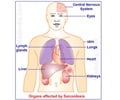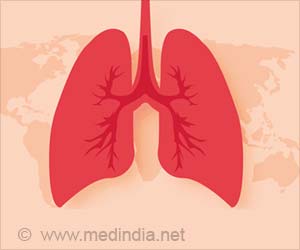A novel and less traumatic way to deliver surfactant to the lungs of premature babies has been developed by doctors at Medical College of Georgia physicians. Surfactant is a lung lubricant that helps preemies breathe easier.
Dr. Jatinder Bhatia, an MCG neonatologist, said the problem is that while surfactant keeps the tiny air sacs inside the lungs from sticking together when they inflate and deflate while breathing, the delivery method causes trauma to the respiratory system and can lead to chronic lung disease."Traditionally, babies are given the surfactant through an endotracheal tube and left on the ventilator until they can be weaned off. But that can cause trauma to the lungs in several ways - damage caused by the amount of pressure and volume used to breathe for the baby; trauma caused by the endotracheal tube; and trauma from the high concentration of oxygen," he said.
For the study, Bhatia, chief of the Department of Paediatrics' Section of Neonatology in the School of Medicine, and doctors at the University of Southern California and the University of Oklahoma are examining 60 premature babies.
Half of the babies will receive surfactant the traditional way and another half will receive the substance through an endotracheal tube that is quickly removed.
Those babies will then be placed on a less invasive Continuous Positive Airway Pressure device that gently pushes oxygen in through the nose.
"The idea behind this is that removing the tube as soon as you deliver the surfactant and putting them on a non-invasive nasal CPAP reduces the trauma," Dr. Bhatia said.
Advertisement
"If a baby is born at six months, we could be talking about three months of recovery time spent on a ventilator and oxygen before they reach the normal gestational age (36 weeks) and can typically breathe without support. That's a long time to be on a ventilator," he added.
Advertisement
Bhatia said that as the babies get older, children with chronic lung disease have more asthma-like attacks, get more infections and generally have more respiratory problems because they already have damaged lungs.
"There are lifetime effects as well, such as limitations of exercise. We believe that even with the progress we've made with it, that we have reached a limit of the surfactant itself. The next strategies will have to be how to limit the time of being on a ventilator or positive pressure device," he said.
Source-ANI
RAS/N











